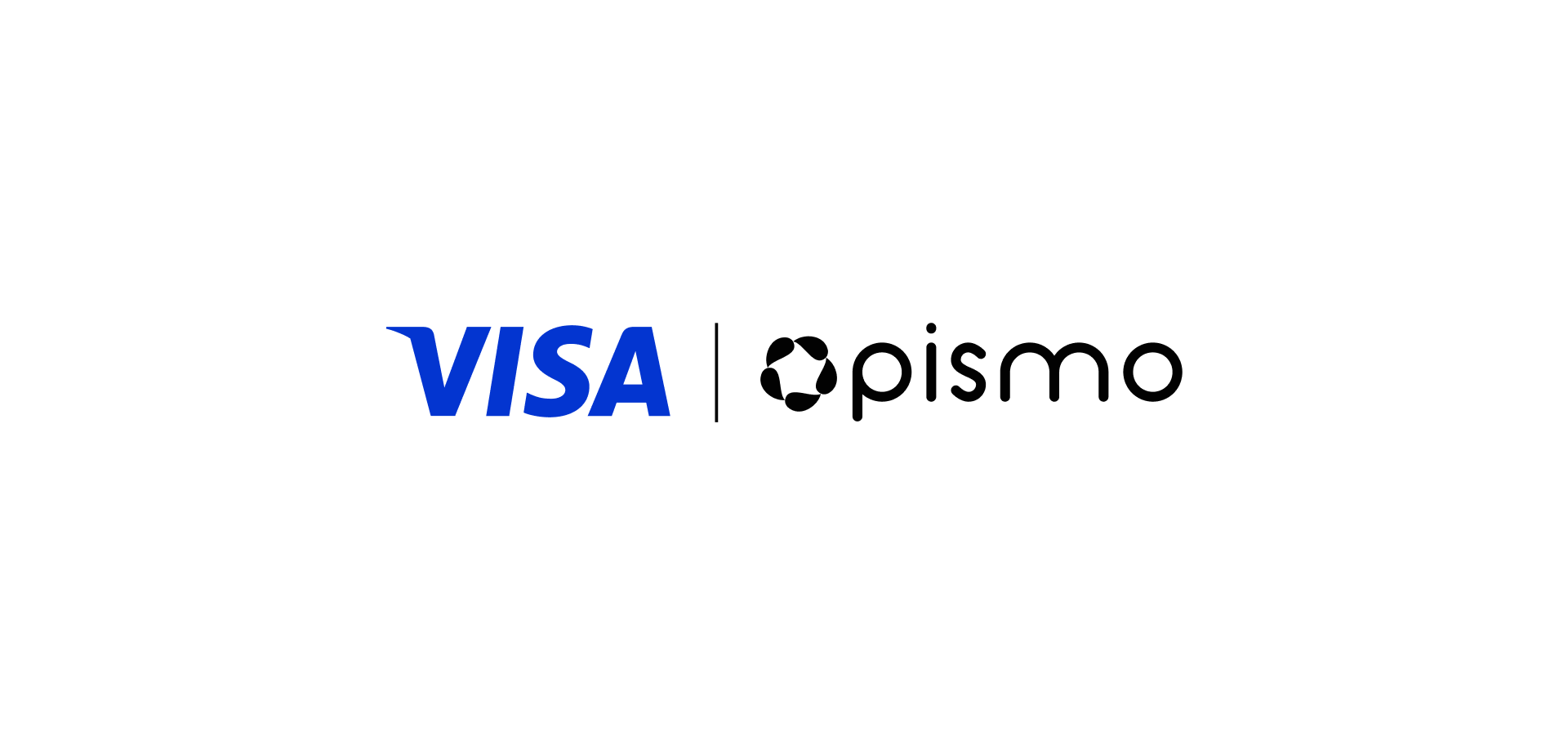The term “Web3” has been around for some time. Yet it’s starting to pick up steam among technologists and futurists in the financial services industry. Will a system envisioned as a solution to the centralisation of the internet and built on the blockchain change the way we bank?
Web1 vs Web2 vs Web3
The first iteration of the World Wide Web started with an open and decentralised internet to provide research, data sharing, and communication. Initially designed for use between universities, its scope grew in the 1990s to anyone with access to a modem.
Built on open-source protocols, this version of the Web can be considered a text-only medium, where interaction was limited to reading static information posted to websites and forums. Users were consumers, not producers, of content.
Web2 followed this by developing a more interactive focus. As internet speed and infrastructure began to expand in the early 2000s, the new form of the Web incorporated more images, video, and audio.
Evangelists grew excited at the possibilities of open source technology sharing. The provision of “pipes” and connections between websites enabled developers to tap into huge data sources provided for free by large companies.
However, it was those who designed proprietary, closed protocols who took advantage of the world of Web2. Facebook, Google, and Amazon, among others, built upon the open-source code of Web1 to create massive centralised data storage. Web2 is characterised by password-based access to accounts, permissions, and data usage for advertisement revenue.
First mentioned by Gavin Wood, a co-founder of cryptocurrency Ethereum, Web3 is envisioned as a decentralised and democratic version of the internet. It is an internet free of significant proprietary technology or commerce platforms. Based on blockchain technology and smart contracts, Web3 at its heart uses open-source protocols owned by distributed communities of users.
Web3 is built to address a perceived dominance of intermediaries in the internet ecosystem. In this, it shares a common goal with cryptocurrency – the removal of intermediaries from traditional systems of finance or communication. As such, the two are tightly interlinked, and many proponents believe cryptocurrency and stablecoins will form the backbone of Web3.
Web1 |
Web2 |
Web3 |
| Browsers | Mobile | Augmented reality |
| Desktop-based | Centralised data platforms | Decentralised web |
| Banner ads | Streaming | Privacy/anonymity |
| E-commerce | Sharing economy | Creator-focused economies |
| Forums | Social media | Democratic communities |
What does Web3 mean for banks?
Web3 and the decentralised internet go hand-in-hand with the ideas behind decentralised finance. Already new ventures are appearing which aim to marry the two. They promote the idea that users do not need banks to accrue savings and spend money.
The smartphone is the gateway to these brave new platforms. The global smartphone penetration rate has hit 83% in 2022. Proponents of DeFi and stablecoins believe this enables a whole swathe of the worldwide population to borrow, spend, and utilise digital money without the identity checks, documentation, or regulations traditional banks require. Moreover, they can do this via anonymous accounts hosted on Web3.
How can traditional financial institutions interact with this new world? Web3 enables creators and web users to connect directly and transparently to the financial system. Yet these pioneers will still need to store their finances, safeguard assets, and have reserves to call upon.
In July 2020, the Office of the Comptroller of the Currency (OCC) in the US floated the idea that banks could provide custody and safekeeping for cryptocurrency users. This includes holding unique cryptographic keys for accessing private and “cold” wallets where users store their assets.
In preparing for this future, a digitally-enabled bank equipped with the right information systems will thrive where one saddled with legacy technology will struggle. Web3 platforms are designed from the ground up with API-led, cloud-based, decentralised technology. A modern payments platform able to transact and operate with the multitude of major digital currencies is the standard on which this new world is built.
Embracing Web3
For those banks wanting to embrace the future of the web, there are even greater opportunities that may present themselves. Web3 offers the capabilities to expand a bank’s reach beyond traditional touchpoints and platforms.
Integration with online platforms, digital wallets, and online currencies can provide customers with key services. Institutional-level secure storage for digital collectables, video game virtual cash, and NFTs can just be the start.
Banks can utilise the connected network of Web3 to curate an ecosystem of verified collectors, merchants, exchanges, and service providers. This maintains and boosts the reputation of a person’s bank as both a backstop for financial security and a trusted partner in the development of a customer’s finances.
Want to know more about a future built on the blockchain? Read Pismo’s e-book about the future of cryptocurrency.









